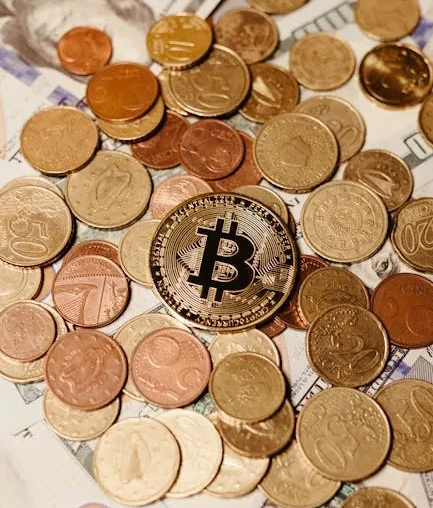
BlockDAG’s Ambitious 2026 Roadmap: Solving the DAG-Payments Puzzle

While Directed Acyclic Graph (DAG) protocols like Kaspa have made strides in solving blockchain’s scalability issues, BlockDAG is taking a bold step further. Its 2026 plan aims to bridge the gap between DAG’s high-speed infrastructure and real-world decentralized finance (DeFi) applications—specifically payments, decentralized exchanges (DEXs), and global financial systems.
Why DAG Needs a Payments Bridge
DAG-based chains excel at processing transactions in parallel, enabling faster throughput than traditional blockchains. However, adoption in everyday financial use cases has lagged due to:
- Lack of native payment integrations: Most DAG projects focus on scalability alone.
- Fragmented liquidity: DEXs struggle to leverage DAG’s speed without interoperability.
- Regulatory gray areas: Real-world adoption requires compliance frameworks.
BlockDAG’s Three-Pronged Approach
By 2026, BlockDAG plans to address these challenges through:
1. Payment Gateway Partnerships
Collaborations with fintech providers to enable seamless DAG-based transactions for merchants and consumers, rivaling traditional payment processors.
2. Unified Liquidity Pools
Cross-chain solutions to connect DAG networks with Ethereum, Solana, and other major DeFi ecosystems, reducing slippage and fragmentation.
3. Regulatory-Compliant Frameworks
Tools for KYC/AML integration without compromising decentralization, targeting institutional adoption.
The Road Ahead
If successful, BlockDAG could position DAG technology as the backbone of a new financial infrastructure—combining scalability with practicality. Challenges remain, including competition from Layer-2 solutions and shifting regulatory landscapes. But for crypto enthusiasts watching the space, BlockDAG’s 2026 vision offers a compelling glimpse into the future of decentralized payments.
Could this be the missing link for mass crypto adoption? Share your thoughts on social media using #BlockDAG2026.



